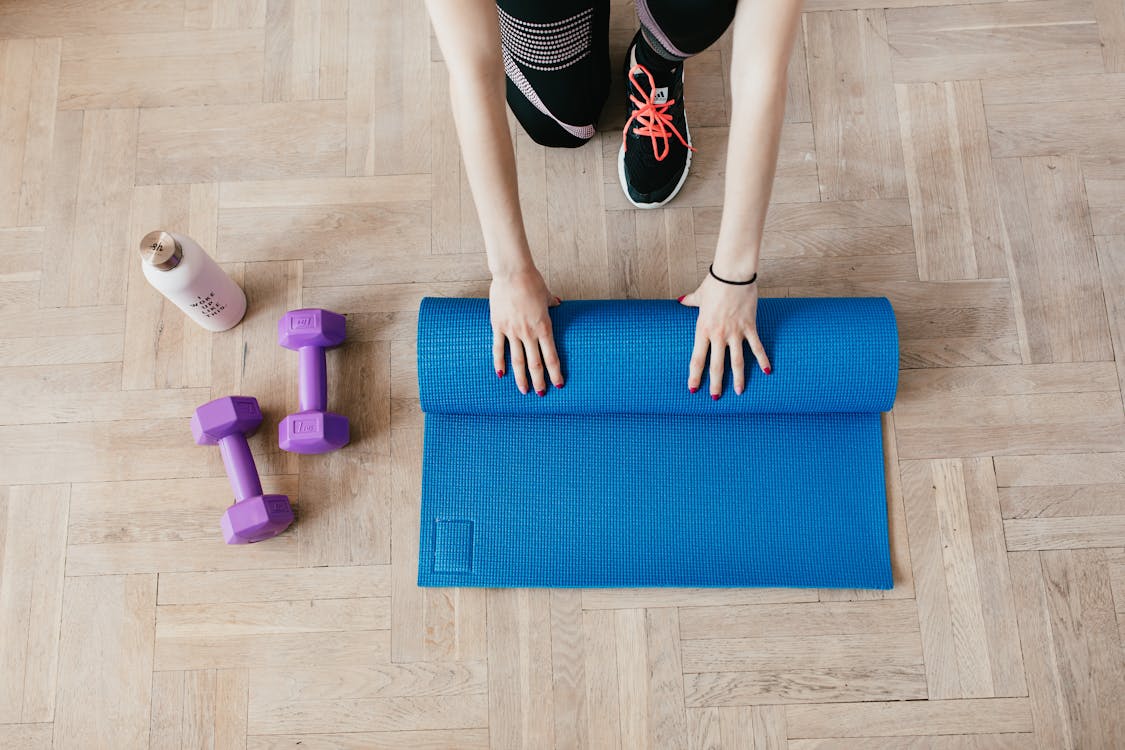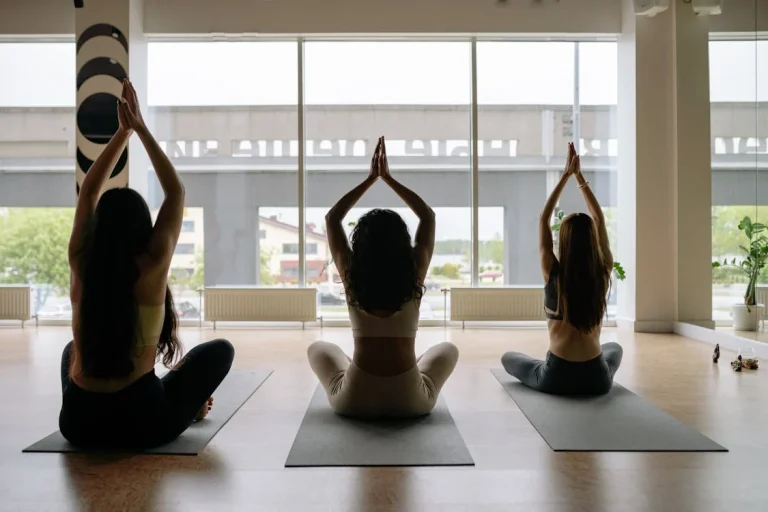“How thick should a yoga mat be?” One of the most common questions When it comes to finding the perfect yoga mat. The thickness of a yoga mat can significantly impact your comfort and performance during practice. So, let’s go into the various thickness options available and how they can suit different styles and preferences.
Standard Thickness Options
Yoga mats typically come in a range of thicknesses, with the most common being:
- 1/8 inch (3mm): This is a standard thickness for mats and is great for stability. It’s ideal for balance-focused styles like Hatha or Vinyasa, where you want to feel connected to the ground. For more details, check out how hot is hot yoga.
- 1/4 inch (6mm): A popular choice for most practitioners, offering a balance of comfort and stability. This thickness provides extra cushioning for the knees and joints, making it a suitable option for those new to yoga or those with previous injuries.
- 1/2 inch (12mm): This thicker mat is excellent for restorative styles or therapeutic practices, where more cushioning is necessary. However, it can make balance poses more challenging due to its softness.
Choosing the right thickness depends on your comfort preferences and the style of yoga you practice. For instance, if you’re exploring restorative yoga or have specific joint concerns, a thicker mat can enhance comfort. Conversely, if you engage in power yoga, a thinner mat may provide the stability you need.
Choosing the Right Thickness for Your Practice
When selecting the thickness of your yoga mat, consider:
- Style of Yoga:
- Restorative: A thicker mat (1/4 to 1/2 inch) for comfort.
- Power Vinyasa or Ashtanga: A thinner mat (1/8 inch) for better balance and connection.
- Personal Factors:
- Your body type and weight can influence comfort on different thicknesses.
- If you have prior injuries, opt for a thicker mat for added support. Check out how often should you do yoga for tips on maintaining a consistent practice.
- Experience Level:
- Beginners may benefit from a slightly thicker mat to ease discomfort in poses.
- Advanced practitioners often prefer thinner mats for better grounding and control.
Additional Features to Consider
The thickness of your yoga mat isn’t the only consideration. The material also plays a crucial role in performance. For example:
- TPE and Natural Rubber: These materials often provide a good balance of grip and cushioning, making them suitable for various thicknesses.
- PVC Mats: Often thicker and more durable, but they can be less eco-friendly.
You should also think about the weight of the mat if you’re planning to travel or carry it around. Heavier mats may be more cushioned but can be cumbersome.
In our next section, we’ll explore how to choose the best yoga mat based on your unique preferences and needs.
For more information on yoga practices, check out what is somatic yoga or learn about how to clean your lululemon yoga mat.


